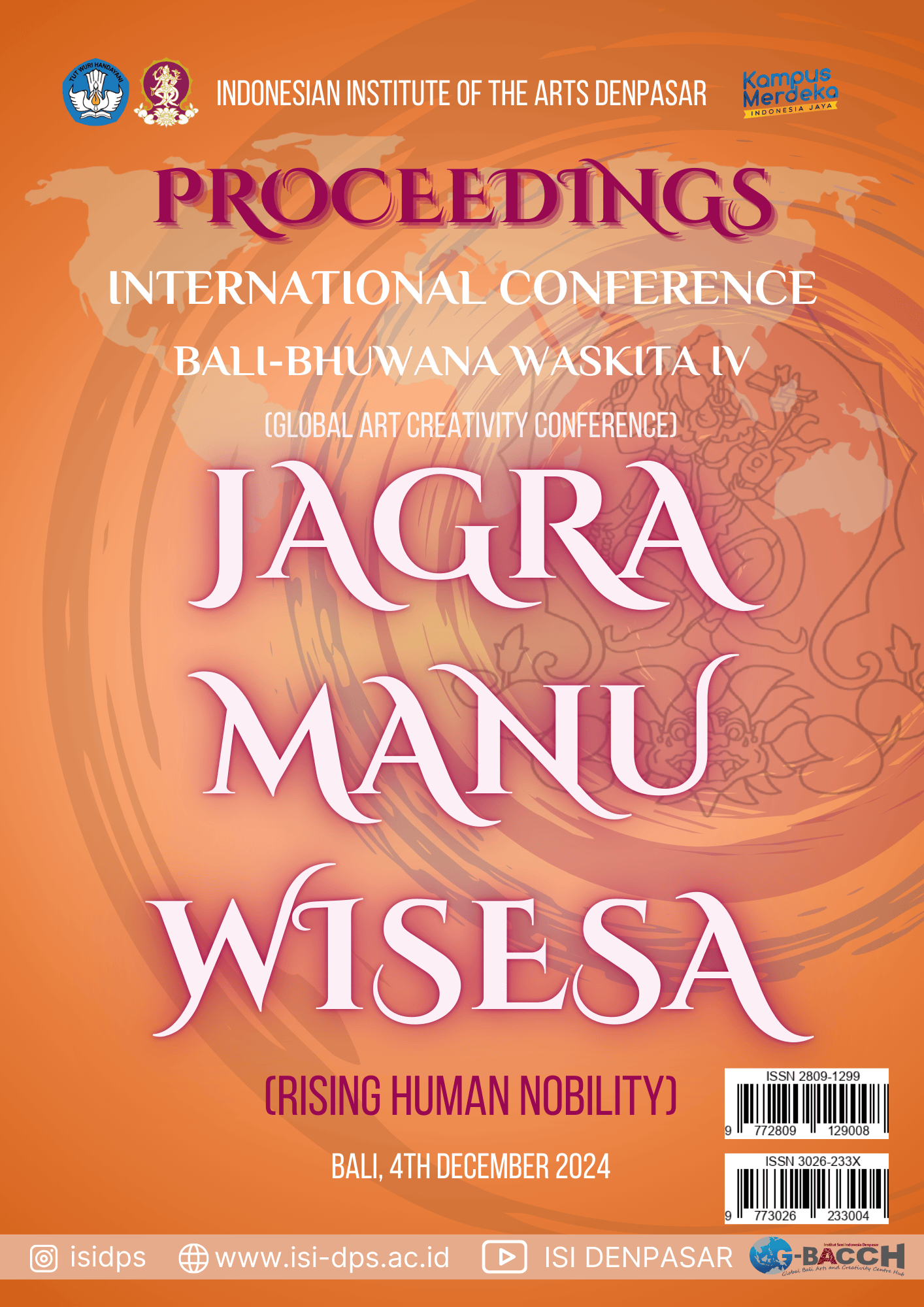CULTURAL IDENTITY AND SUSTAINABILITY IN ASIA PACIFIC’S CREATIVE LANDSCAPE
DOI:
https://doi.org/10.31091/bbwp.v4i1.611Keywords:
Cultural identity, sustainability, design practices, Asia-Pasific region, Kala Manawa KalpaAbstract
This article explores the intersection of cultural identity, sustainability, and design in Asia-Pacific. As globalization influences contemporary design, the challenge for designers lies in preserving local traditions while embracing global trends. The cultural heritage of the Asia-Pacific, deeply rooted in historical, religious, and social contexts, shapes artistic and design practices that reflect the unique values of the region. However, environmental crises such as rising sea levels, deforestation, and pollution necessitate the adoption of eco-friendly solutions in design. This article examines how designers can address these pressing environmental issues through sustainable architecture, green urban planning, and ethical product design while maintaining a strong cultural identity. Furthermore, the article emphasizes the importance of collaboration among universities and institutions across the region to foster sustainable design education and community-driven solutions. By engaging with global and local perspectives, designers can create innovative works contributing to cultural resilience and environmental sustainability. The concept of Kala Manawa Kalpa, which emphasizes the cyclical relationship between time, culture, and nature, provides a guiding framework for integrating traditional wisdom with modern design practices. Ultimately, this article argues for a harmonious convergence of culture, sustainability, and design, offering pathways for the Asia-Pacific region to navigate the challenges of the 21st century while preserving its rich cultural legacy. Through such an approach, design can play a pivotal role in shaping the region's sustainable and culturally vibrant future.
Downloads
Published
How to Cite
Issue
Section
License

This work is licensed under a Creative Commons Attribution-NonCommercial-ShareAlike 4.0 International License.




